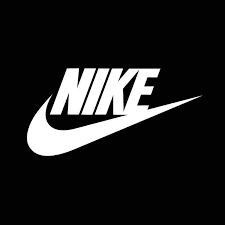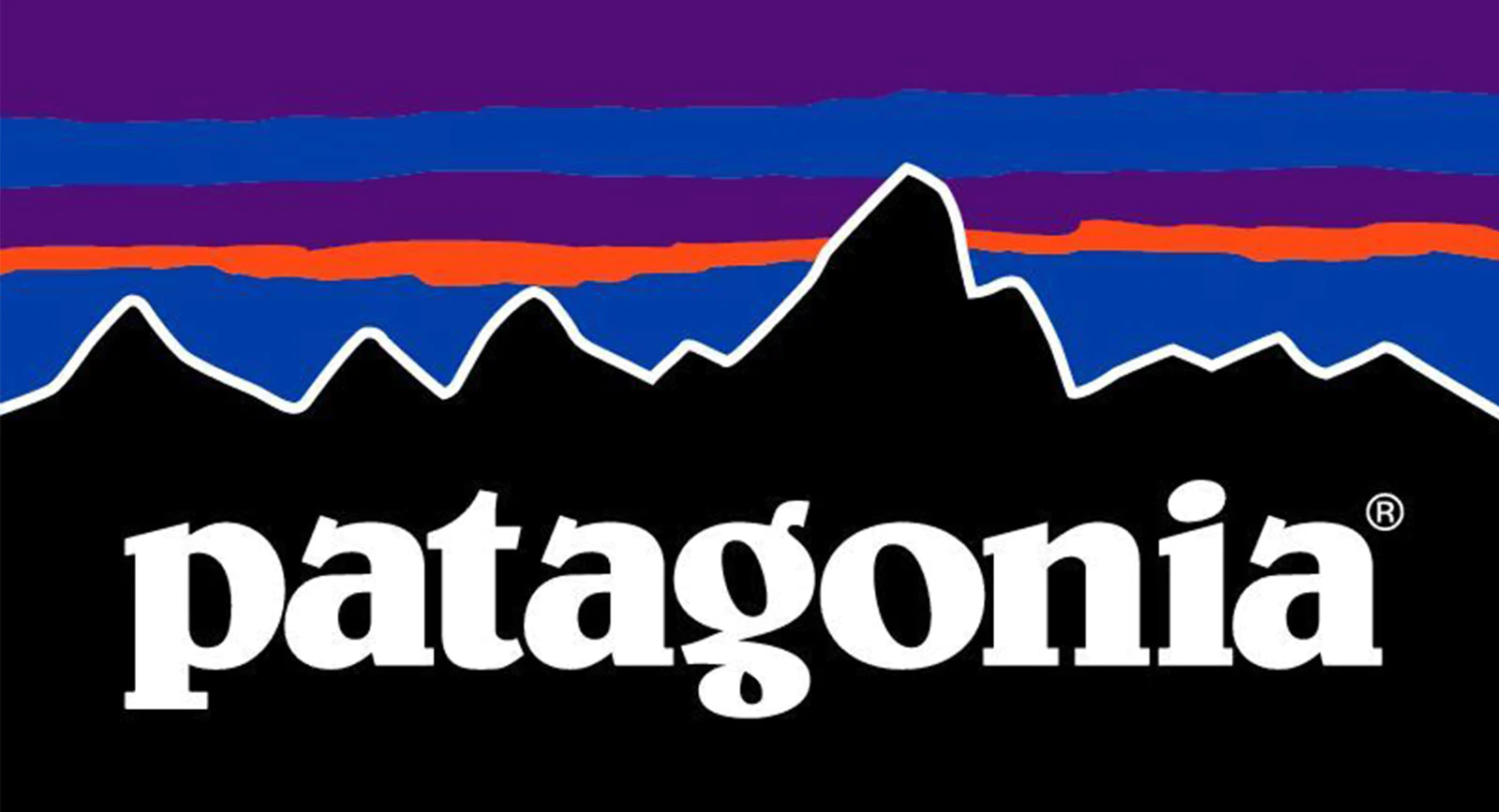Nike, Inc.: A Review Through the Lens of Management as a Liberal Art (MLA)
Introduction
Nike, Inc. is one of the world’s leading sportswear and athletic footwear companies, known for its innovative designs, global reach, and powerful brand. This review examines how Nike’s management aligns with the principles of Management as a Liberal Art (MLA), focusing on people-centered practices, ethical leadership, long-term thinking, and more. It also highlights areas where Nike has room to improve its alignment with MLA values.

1. People-Centered Management
Nike places a strong emphasis on empowering athletes and promoting an inclusive workplace, but it has faced criticism over labor practices in its supply chain.
- Examples of People-Centered Management at Nike:
- Nike offers competitive benefits, flexible work arrangements, and employee support programs, especially at its headquarters in Beaverton, Oregon (Nike, Inc., n.d.-a).
- Nike’s recent initiatives focus on creating a more inclusive workplace, including Diversity, Equity, and Inclusion (DEI) programs and commitments to increase representation in leadership roles (Nike, Inc., 2020).
- Area for Improvement: Nike’s supply chain practices have been scrutinized, with reports of low wages and poor working conditions for factory workers. These practices may detract from its commitment to a people-centered approach (Greenhouse, 2013).
- Conclusion: While Nike demonstrates a people-centered approach within its corporate offices, improving labor practices in its supply chain would better align with MLA’s focus on prioritizing all people connected to the organization.
2. Ethical Leadership and Responsibility
Nike has taken strides toward ethical leadership through sustainability initiatives and transparency in some areas but has encountered challenges in other ethical domains.
- Examples of Ethical Leadership:
- Nike is committed to transparency in sustainability, regularly publishing its environmental impact reports and setting ambitious goals to reduce its carbon footprint (Nike, Inc., 2022).
- Through its “Move to Zero” initiative, Nike aims to achieve zero carbon and zero waste across its global supply chain, reflecting a commitment to environmental responsibility (Nike, Inc., n.d.-b).
- Area for Improvement: Nike has faced ethical criticisms related to its endorsement deals with athletes and the perceived inconsistency in upholding ethical standards, as seen in some high-profile controversies (Huddleston, 2018).
- Conclusion: Nike’s focus on sustainability aligns with ethical leadership, but strengthening its consistency in ethical decision-making across all aspects of its business could enhance its alignment with MLA principles.
3. Alignment with Social Purpose
Nike’s mission, “To bring inspiration and innovation to every athlete in the world,” reflects a commitment to empowering individuals, though its alignment with broader societal benefits could be improved.
- Examples of Social Purpose:
- Nike’s community engagement programs, such as the “Made to Play” initiative, focus on expanding access to sport for children worldwide, promoting physical health and social well-being (Nike, Inc., n.d.-c).
- Nike’s social impact strategy includes funding programs that empower marginalized communities, promote physical activity, and enhance youth engagement.
- Area for Improvement: Nike’s alignment with social purpose could be broadened by addressing issues in its global labor practices, as unresolved labor concerns may undercut its social impact (Locke, 2013).
- Conclusion: Nike’s social purpose initiatives in youth and community sports align with MLA principles, but addressing labor conditions in its supply chain could help Nike realize a broader social responsibility.
4. Integration of Multiple Disciplines
Nike incorporates various disciplines, including technology, psychology, and environmental science, into its management and product development strategies, reflecting a multidisciplinary approach.
- Examples of Multidisciplinary Integration:
- Nike uses cutting-edge technology to develop sustainable materials, such as Flyknit and recycled polyester, which reduce waste and improve product durability (Nike, Inc., n.d.-d).
- The company invests in sports science research, supporting athlete performance through biomechanics and physiology insights to create products that enhance athletic capability.
- Conclusion: Nike demonstrates strong multidisciplinary integration, aligning well with MLA’s principle of combining diverse fields to drive innovation and sustainable growth.
5. Long-Term Thinking and Sustainability
Nike’s sustainability efforts reflect long-term thinking, though consumer demand for fast-fashion products may limit the environmental benefits of these initiatives.
- Examples of Long-Term Thinking:
- The “Move to Zero” campaign reflects Nike’s goal to reduce waste and lower carbon emissions in its operations and supply chain, positioning Nike as a leader in sustainable practices (Nike, Inc., n.d.-b).
- Nike has pledged to use 100% renewable energy in its owned-and-operated facilities by 2025, underscoring its commitment to sustainable operations (Nike, Inc., 2022).
- Area for Improvement: Nike’s emphasis on high turnover fashion, while profitable, conflicts with its long-term sustainability goals and may contribute to environmental strain (Green & Datta, 2020).
- Conclusion: Nike’s long-term sustainability goals align with MLA principles, but balancing environmental impact with fast fashion demands presents an opportunity for improvement.
6. Fostering Community and Relationships
Nike builds relationships through partnerships, community programs, and customer engagement, fostering a sense of community around sports and fitness.
- Examples of Community Engagement:
- Nike collaborates with local and international organizations to promote sports access, including partnerships with community centers and schools (Nike, Inc., n.d.-c).
- Nike’s “Community Impact” fund supports local nonprofits in providing sports and physical activity programs for youth (Nike, Inc., 2021).
- Conclusion: Nike excels in community engagement, aligning well with MLA’s focus on fostering relationships, though further inclusion of worker welfare in supply chains could deepen its commitment.
7. Adaptability and Learning
Nike’s history shows adaptability to market trends, technological advances, and consumer demands, demonstrating MLA’s adaptability principle.
- Examples of Adaptability:
- Nike’s transition to digital retail and e-commerce accelerated during the COVID-19 pandemic, showing the company’s agility in response to changing market conditions (Levy, 2020).
- Nike invests in digital platforms like Nike Training Club, adapting its approach to meet the needs of customers and athletes worldwide (Nike, Inc., n.d.-e).
- Conclusion: Nike exemplifies adaptability and continuous learning, a critical component of MLA, by embracing new technologies and shifting strategies to meet evolving market demands.
8. Stewardship for the Greater Good
Nike positions itself as a steward for the environment through its sustainability goals, but some practices raise questions about its stewardship commitment.
- Examples of Stewardship:
- The company’s “Move to Zero” initiative reflects its commitment to reducing its environmental impact (Nike, Inc., n.d.-b).
- Nike’s involvement in community and youth programs shows its commitment to social stewardship, although areas such as labor practices may need further attention to align fully with MLA.
- Area for Improvement: Nike has been criticized for labor practices and lack of transparency in certain regions, suggesting room to improve its stewardship across all aspects of its global operations (Greenhouse, 2013).
- Conclusion: Nike’s environmental stewardship initiatives are commendable, yet strengthening its labor practices would more fully align with MLA’s call for stewardship for the greater good.
Final Assessment
Nike, Inc. demonstrates alignment with several Management as a Liberal Art principles, particularly in community engagement, multidisciplinary integration, and sustainability initiatives. However, areas like labor practices in its supply chain and alignment with long-term sustainability goals show opportunities for improvement. By addressing these areas, Nike could enhance its commitment to MLA and further exemplify management practices that benefit both business and society.
References
- Green, M. & Datta, K. (2020). The fast fashion industry and the impact on sustainability. Environmental Research Journal, 55(3), 45-58.
- Greenhouse, S. (2013). Nike acknowledges poor working conditions. The New York Times. Retrieved from https://www.nytimes.com/nike-poor-conditions
- Huddleston, T. (2018). Nike’s controversies and how it’s shaping up. CNBC. Retrieved from https://www.cnbc.com/nike-controversies
- Levy, S. (2020). Nike's digital transformation strategy during COVID-19. Forbes. Retrieved from https://www.forbes.com/nike-digital-transformation
- Locke, R. (2013). The promise and limits of private power: Promoting labor standards in a global economy. Cambridge University Press.
- Nike, Inc. (2020). Diversity, Equity, and Inclusion report. Retrieved from https://www.nike.com/dei-report
- Nike, Inc. (2021). Community Impact Fund. Retrieved from https://www.nike.com/community-impact
- Nike, Inc. (2022). Sustainability and climate goals. Retrieved from https://www.nike.com/sustainability
- Nike, Inc. (n.d.-a). Employee benefits. Retrieved from https://www.nike.com/employee-benefits
- Nike, Inc. (n.d.-b). Move to Zero. Retrieved from https://www.nike.com/move-to-zero
- Nike, Inc. (n.d.-c). Made to Play initiative. Retrieved from https://www.nike.com/made-to-play
- Nike, Inc. (n.d.-d). Flyknit and sustainable materials. Retrieved from https://www.nike.com/fly

